Singing praises of Tibetan opera
Updated: 2014-11-01 23:15
By Da qiong and PALDEN NYIMA in Tibet(China Daily North America)
|
||||||||
|
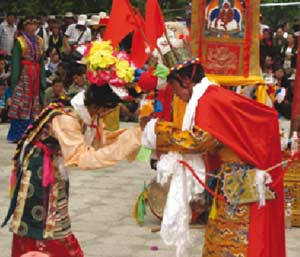 |
|
Tibet's opera has been performed in the region for more than 600 years. Palden Nyima/China Daily |
It boasts a history of more than 600 years - about 400 years longer than China's national treasure, the Peking Opera.
According to many frescoes in several ancient monasteries, Tibetan opera originated from a form of ancient opera called bagkarpo (white mask), which appeared 13, 000 years ago.
During the 14th century, a high-ranking monk and bridge builder named Drupthob Thangtong Gyalpo decided to build iron bridges across all of the major rivers in Tibet to improve transportation and facilitate pilgrimages.
Thangtong Gyalpo was a talented architect, metallurgist and an artist. During his reported 125-year life, he constructed 58 iron-chain bridges in Tibet.
To fund the project, Thangtong Gyalpo created a singing and dancing group of seven beauties who danced while he played the cymbals and drums. They performed throughout Tibet to earn money for his bridge projects. That is believed to be the source of the present Tibetan opera.
The opera became known locally as aje lhamo ("fairy sisters"), and Thangtong Gyalpo is considered the father of Tibetan opera.
To honor him, a blessing of his statue precedes each performance and usually concludes with the presentation of the hada (a strip of raw silk or linen used for ritual greetings) by the performers and audience members.
During the reign of the fifth Dalai Lama in the 17th century, Tibetan opera was separated from religious rituals and became an independent dramatic form. What started off as pantomime evolved into a structured art of song, dance, chants and narration, accompanied by flamboyant masks.
Story lines included the history, ancient legends of heroes and gods, and satires on current events. The tradition was passed down from one generation to the next, developing into Tibetan opera.
Traditionally, the Tibetan opera theater was an open circular space sheltered by a canopy, with the stage defined by a magical circle and central altar.
Three features of Tibetan opera are: full plot, beautiful tune and elegant dance steps. Twenty types of tunes can reflect different plots and characters.
A complete Tibetan opera contains three steps. First, a narrator makes an opening statement to show that the performance has begun; second, all performers work closely to perform the story with songs and dances; third, the narrator makes a closing speech.
At the end of the closing speech, the organizer of the performance.cal stories of Tibetan opera have disappeared for a long time.
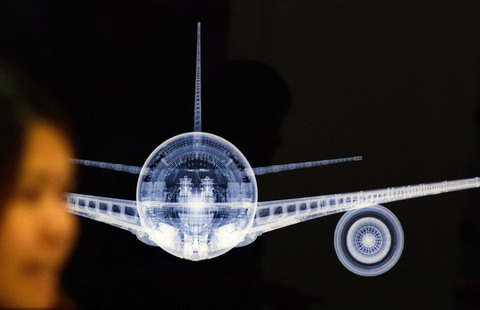
 Art Taipei 2014 draws international artists
Art Taipei 2014 draws international artists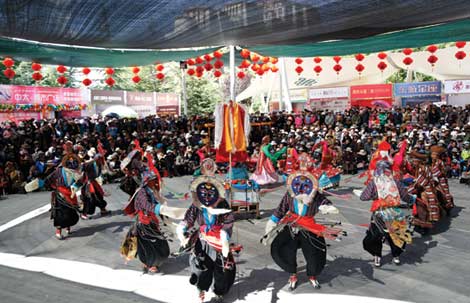
 Tibetan culture to display splendor in Canada
Tibetan culture to display splendor in Canada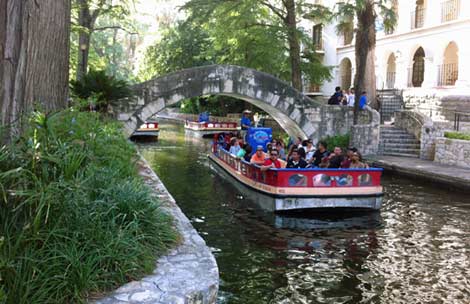
 Reclaiming a piece of history
Reclaiming a piece of history
 Across Americas over the week (Oct 24-30)
Across Americas over the week (Oct 24-30)
 Halloween haunts China as popularity grows
Halloween haunts China as popularity grows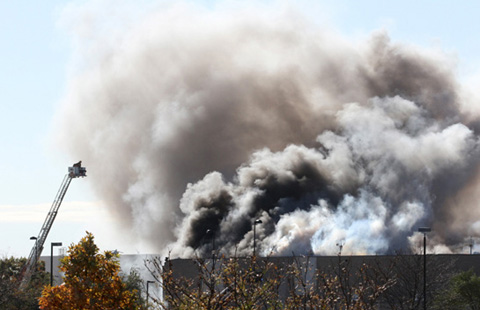
 At least 4 killed in small plane crash in Kansas
At least 4 killed in small plane crash in Kansas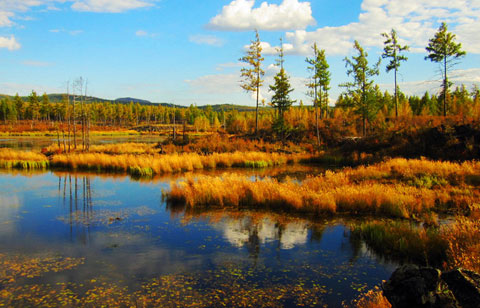
 Road trip to Arxan National Forest Park
Road trip to Arxan National Forest Park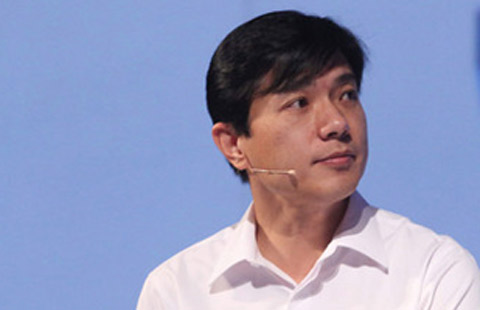
 Top 10 richest Chinese in 2014
Top 10 richest Chinese in 2014
Most Viewed
Editor's Picks

|

|

|

|

|

|
Today's Top News
Consensus sought with US on governance of Internet
Space tourism set back by accident
Chinese Internet companies find Brazil attractive
US spaceship test flight failure kills at least one
Breast cancer a factor in Shanghai's low birth rate: doctor
The rise of intolerance
Olympics bid fuels drive for clean air
Lenovo buys Motorola Mobility
US Weekly

|

|







